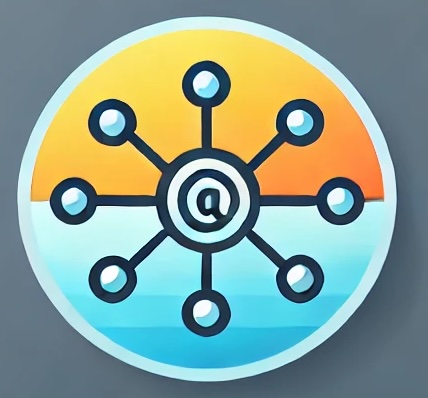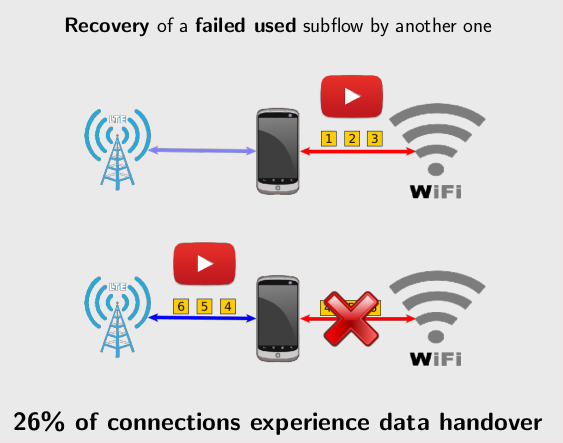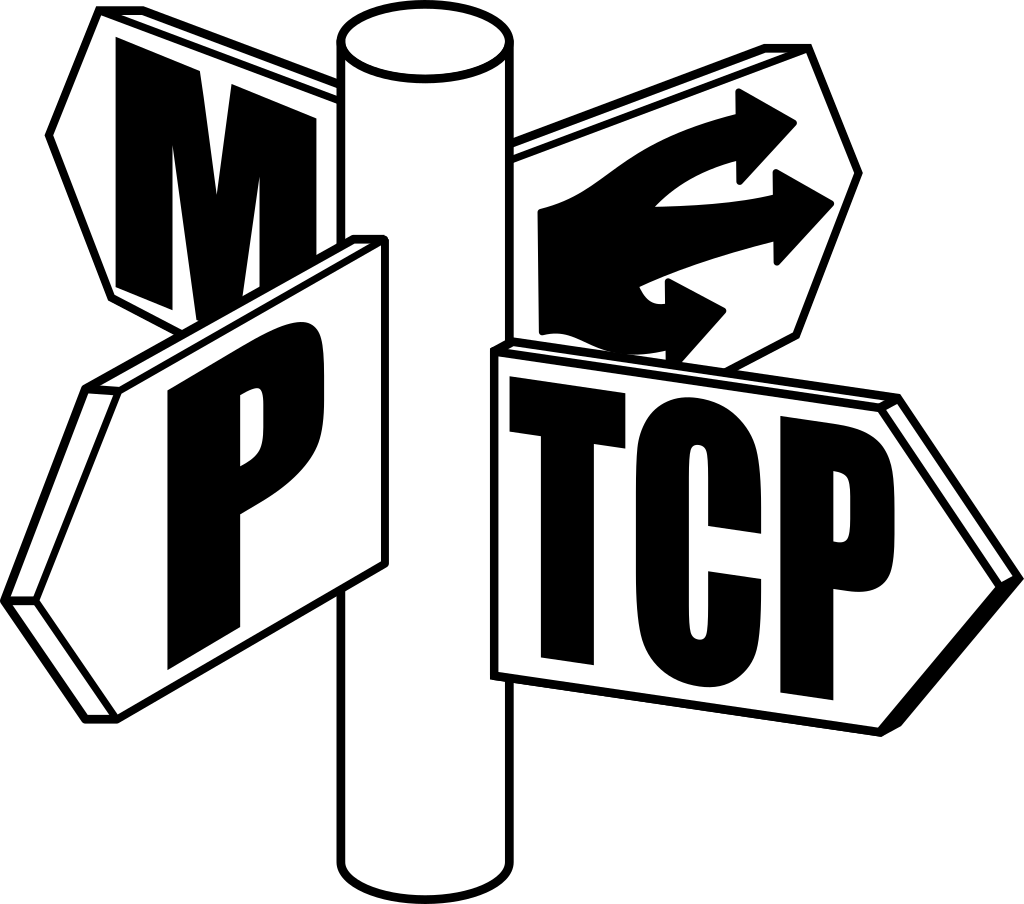Research
My research interests include multipath transport protocols, system architecture and security of deployed systems. I also strive to provide reproducible results and release my softwares under open-source licenses. You can have more detail on the dedicated Software section.
Publications
Highlights
(For a full list see below or go to Google Scholar)

Core QUIC introduces a framework in which any Core QUIC-compliant implementation can be safely extended using dynamically loaded plugins. We demonstrated the feasibility of our approach by making two popular QUIC implementations, Cloudflare’s quiche and quinn, Core QUIC compliant.
Q. De Coninck
See the related website https://core-quic.github.io

The Internet has never connected so many devices as of today, with an increasing number of constrained/IoT devices being publicly reachable over the public Internet, and therefore scannable through IP address enumeration. This work questions the current TCP/IP architecture of the current Internet and envisions a network whose names, such as URLs, are the only information the client needs to know to reach the wanted service.
Q. De Coninck, S. Kalantari, L. Sion, D. Hughes

How can we quickly deploy new BGP features in a network made of devices from different vendors? xBGP addresses this issue by proposing a vendor-neutral API enabling network operators to dynamically inject plugins in all xBGP-compliant implementations. We made FRRouting and BIRD xBGP-compliant and implemented different use-cases such as valley-free path checks and prefix origin validation. We also proposed a framework verifing the behavior of the injected plugins.
T. Wirtgen, T. Rousseaux, Q. De Coninck, R. Bush, L. Vanbever, A. Legay, O. Bonaventure
You may find our previous ACM HotNets paper xBGP: When You Can’t Wait for the IETF and Vendors
See also https://pluginized-protocols.org/xbgp/.

We revisited the extensibility model of transport protocols by using plugins. The dynamic insertion of bytecode inside a running implementation let the connection adapt to the application it serves. We managed to implement various QUIC extensions (montoring, Multipath, Datagram, Forward Erasure Correction) only with plugins.
Q. De Coninck, F. Michel, M. Piraux, F. Rochet, T. Given-Wilson, A. Legay, O. Pereira, O. Bonaventure
See also pquic.org.

We developed and implemented multipath extensions for the QUIC protocol. We then compared then with the state-of-the-art Multipath TCP in a wide range of network parameters.
Q. De Coninck, O. Bonaventure
See also multipath-quic.org, the current IETF draft, the journal publication on Multiflow QUIC at IEEE Communications Magazine (2021) and my ACM SIGCOMM CCR paper guiding Multipath QUIC towards the right design (also presented at ACM SIGCOMM’23 in the “Best of CCR” session).
You might also be interested in our MultipathTester iOS app to evaluate Multipath QUIC in mobile conditions.

Our first analysis of Multipath TCP in the smartphone environment. Our results showed that applications can use multiple wireless networks without modifying them, but it also highlighted the need for an adaptation of Multipath TCP to this particular use case.
Q. De Coninck, M. Baerts, B. Hesmans, O. Bonaventure
Passive and Active Measurement (2016)
See also smartphone.multipath-tcp.org.

We designed and implemented an adapted version of Multipath TCP on Android smartphones. We showed that our version keeps the cellular consumption low while keeping advantage of the multiple wireless networks when the device moves.
Q. De Coninck, O. Bonaventure
See also http://multipath-tcp.org/multimob.
Full List
 https://orcid.org/0000-0001-6483-3157
https://orcid.org/0000-0001-6483-3157
Our ORBI institutional library gives access to pre-print of my papers.